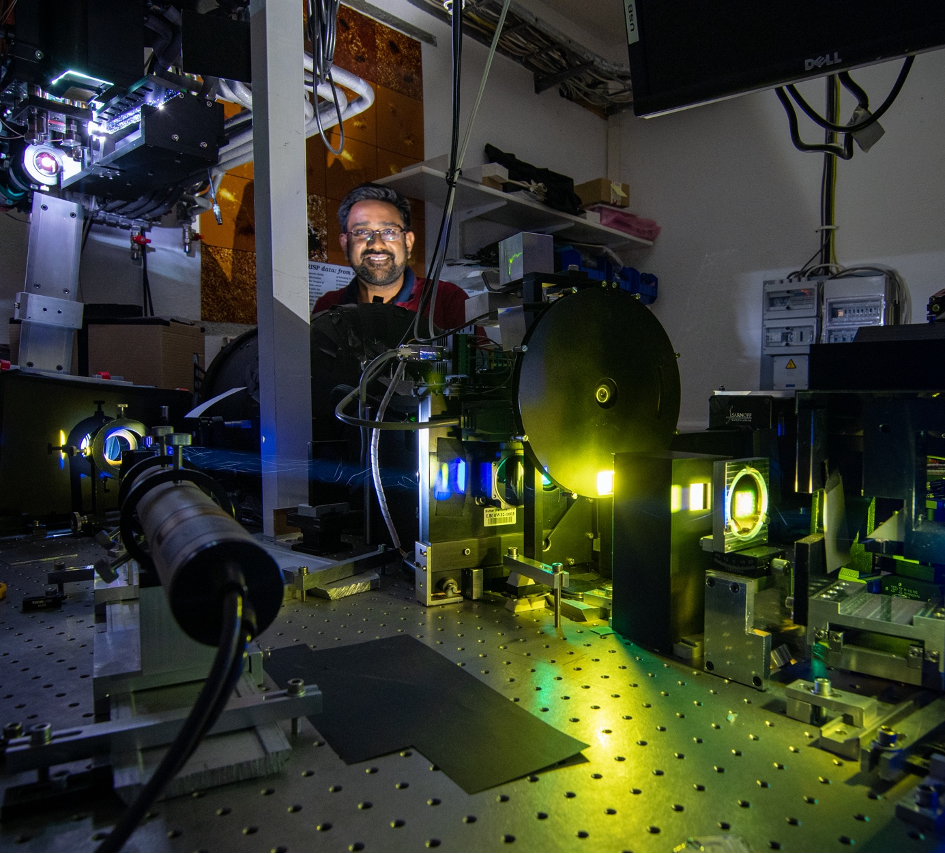
Disputas avholdes digitalt ved bruk av Zoom. Verten av Zoom-møtet vil moderere det tekniske mens disputasleder moderer disputasen.
Ex auditorio-spørsmål: Disputasleder inviterer til ex auditorio-spørsmål, og disse kan foretas enten skriftlig eller muntlig ved å trykke på "Participants -> Raise hand".
Møtet åpnes for deltakelse like før disputasen starter, og stenger for nye deltakere omtrent 15 minutter etter at disputasen har startet.
Prøveforelesning
"Observational Properties of and Theoretical Ideas for Solar Coronal Rain"
Videoopptaket av prøveforelesningen vil være tilgjengelig her fra 01.10.21 - 05.10.21
Kreeringssammendrag
Spiculer er kortvarige, jetlignende strukturer som observeres i store mengder over hele solatmosfæren og er antatt å spille en viktig rolle i oppvarming og massebalanse i koronaen. Målet med denne avhandlingen var den presise karakteriseringen av dannelsen av spiculer ved bruk av høyoppløselige observasjoner i en rekke bølgelengder fra det svenske 1-m solteleskopet på La Palma og NASA satellittene Interface Region Imaging Spectrograph og Solar Dynamics Observatory. Tolkningen av de komplekse observasjoner ble støttet av spektrallinjemodellering gjennom numeriske simuleringer av solatmosfæren.
Hovedfunn
The atmosphere of the Sun is envisioned as composed of inherently complex, non-homogeneous, and dynamic layers. A detailed understanding of the physical processes involved in these layers is still lacking. For example, it is largely unknown why the outermost layer of the Sun’s atmosphere (corona) is so much hotter than the photosphere by millions of degrees. Astrophysicists think that the layer sandwiched between the photosphere and the corona, known as the interface region, may hold the key to a better understanding of the nature of this controversy.
With the help of coordinated high-resolution ground and space-based observations from the Swedish 1-m Solar Telescope (SST) on La Palma, Spain, and NASA’s Interface Region Imaging Spectrograph (IRIS), I aim to unlock some of the mysteries surrounding the dynamics of the interface region with a focus on small-scale jets, known as “spicules”. Spicules are found almost everywhere on the Sun’s surface and at any given moment there can be as many as 10 million of them rapidly shooting outwards. Because of their “omnipresence”, it is suggested that they play a major role in energizing the outer atmospheric layers of the Sun. This thesis focuses on their physical characteristics, dynamics, and their role in the mass-balance and heating of the solar atmosphere.
